
Is a Heated Freestanding Bathtub Worth It?
In recent years, the bathroom has evolved from a purely functional space to a sanctuary of relaxation and rejuvenation. One
Looking to remodel your small bathroom but don’t know where to start? Today we will break down each aspect of the remodeling process so that you can better understand how to begin and what the project entails.
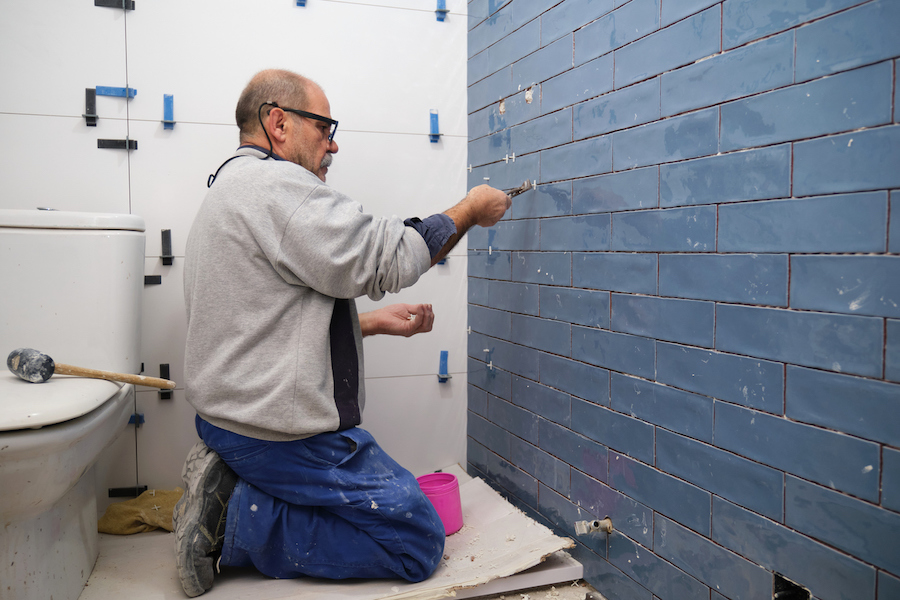
A small bathroom measures about 18-20 square feet and is generally considered a half bath or powder room. A powder room has space for one sink and one toilet. A small full bath has a sink, a toilet, and usually a shower-bathtub combo, measuring about 40-45 square feet.
Remodeling your bathroom will provide the following benefits which can drastically improve any space:
For your bathroom, you should draw inspiration from as many sources as possible. Here are just a few popular examples to help get you started:
Avoid dark colors and contrasting hues, as they will make your small bathroom appear tiny. Stick to bright colors that will help amplify the natural features of the room. Natural lighting is also your friend and will help add vibrancy to the space.
Large patterns and different color schemes will immediately liven up your space and make it seem larger and more attractive. Other accents such as towel colors, lighting and decorative objects can help add to this effect.
Place mirrors on the wall and mount towel bars and other items on the door. In a small bathroom, space is a premium so it’s important to utilize everything at your disposal.
Utilize your space and use the height of your fixtures to your advantage. Raise your sink and consider having a floating vanity to add more space to your bathroom. Extending the height will also make your bathroom feel a lot taller than it actually is.
If your bathroom is small and oddly shaped, lean into it. Obtain fixtures and furniture that mesh with the shape of your bathroom to create a unique look.
If your bathroom is already small, remove any additional furniture and clutter. Keep things minimal to make the space appear larger and more comfortable.
The right decor can drastically transform any space and make it feel rustic and homey. Don’t be afraid to experiment with different decor to create an atmosphere that appeals to your household. So try out different paintings, plants, wallpaper and any additions you can think of.
Extra space is a must in any bathroom. So squeeze in shelving wherever you can. Consider wall niches to help maximize your space and utilize cabinet storage cubbies.
You can hang different art pieces to hide your space’s odd bathroom proportions. The right art piece can easily tie in your space and make it feel comfortable and lived on as opposed to cramped.
Remember to experiment with different color schemes. Don’t be afraid to clash patterns to create beautiful contrasts that will make your bathroom feel unique.
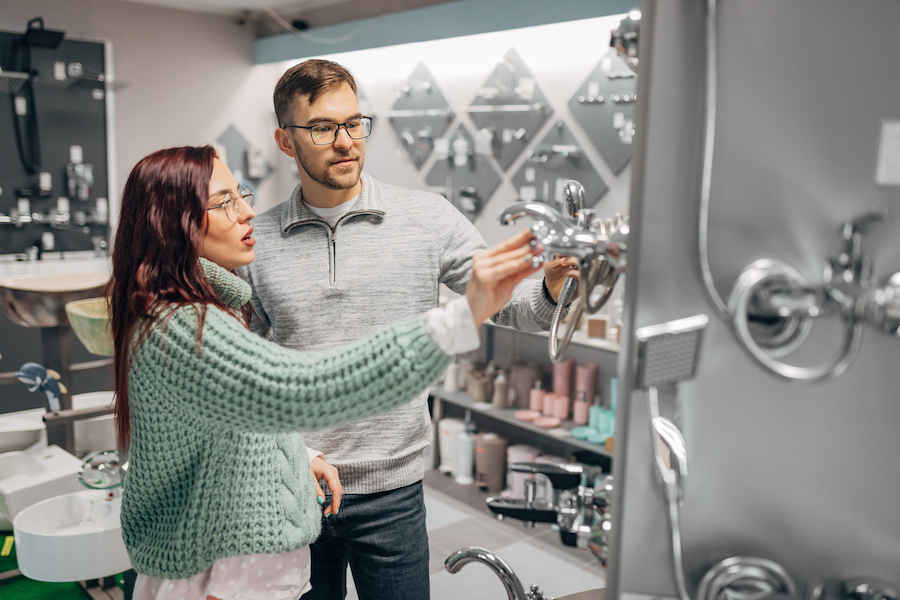
Follow these 12 easy steps to begin your remodeling journey:
A budget creates an easy-to-follow rubric for yourself and the rest of the project. Your budget will help you decide which materials and fixtures your project can purchase and which you should steer clear of. And if you follow it well enough and find you have some money left over, you can utilize it for other aspects of your home later.
Research and draw inspiration from as many resources as possible. Social media, online galleries, or visiting other homes are great ways to establish your unique style and color scheme. This will allow you to filter out what you want or don’t want in your remodel scheme.
With your layout and budget established, we can begin purchasing our materials. When purchasing materials and fixtures, weigh the material quality against your budget and plan accordingly. Just be careful not to go over budget and stick to your aesthetic. Even if you purchase a seemingly lower-quality material, you can paint or alter it later when it is installed.
Before any work can begin, you need to remove any existing fixtures and flooring. This is to streamline the installation process as much as possible and will take anywhere from 1-2 days to complete. Removal of the existing floor also allows you to inspect your structure for any damages.
With the flooring removed, inspect your subfloor for water or structural damage. If ignored, this can lead to future headaches that require you to demolish more of your bathroom to fix it, so check for problems now.
With everything exposed, you can set up your electrical wiring with ease. This is considered the rough-in aspect of the job, which means that nothing is actually connected, and only the groundwork is laid out for future use.
To install drywall, you must ensure that your walls receive proper insulation material first. After your insulation material has been inspected, you may place your drywall. Drywall is installed in sections, with each layer covered with a joint compound. This compound will need to dry between installs.
With your drywall in place, you may paint your walls and ceiling before installing your fixtures. Ensure that each coating is primed to provide maximum protection for your paint in the bathroom’s high humidity.
After your drywall is complete, install your flooring and baseboards after your subfloor has been placed. This should take roughly 1-2 days to complete depending on the flooring material you have selected.
Install your vanity and ensure it is flush with the rest of your bathroom. Secure it firmly before moving onto your plumbing fixtures.
Install your plumbing fixtures, hooking up your sink, toilet, shower or bathtub. Ensure that all your plumbing is sorted out before finishing up.
Finish up by securing your lighting connections, installing your mirrors, and place any decor you want in your space. You may now enjoy your bathroom.
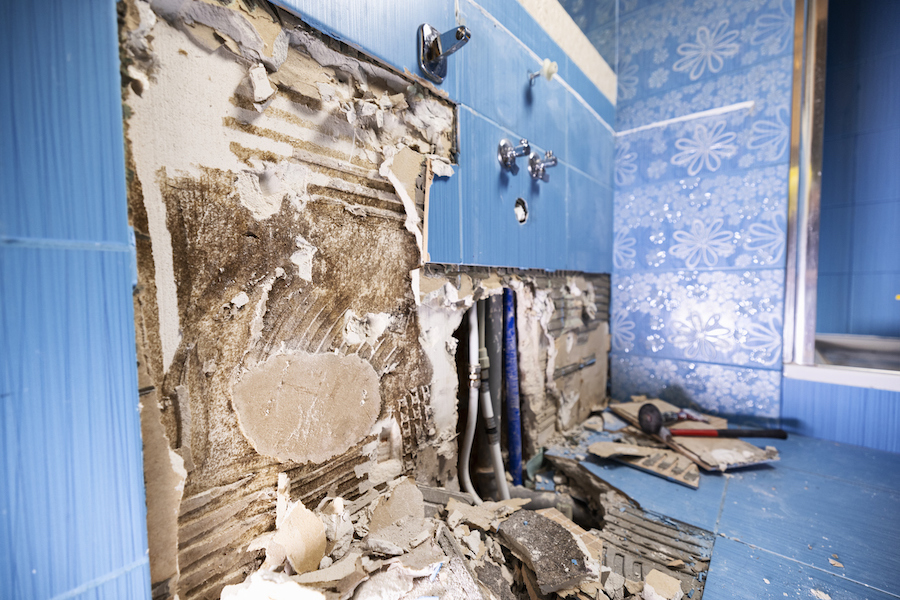
When renovating your master bathroom, be sure to avoid these pitfalls:
Before you begin, ensure that your floor is stable and installed on the correct surface. There should be a supporting level of the sheetrock and a subfloor right below. If the tile is installed incorrectly, it can cause damage to any existing levels as well, so it’s important to ensure that the subfloor is in good condition beforehand.
Before you begin, consult your plumber and determine what faucets and shower systems you need to support. Before starting, you should have a concrete idea of what valves, connections, and fixtures you need to hook up and connect.
Always take into account the size of your space and plan around it. If you can, try to minimize the required space for fixtures, so you have more room to maneuver and make adjustments in the future.
There are many contractors out there, and many will take advantage of you. Properly research and vettee the people you are working for to avoid massive headaches in the future. Researching your contractors will also give you a better piece of mind that the job will be finished properly.
Below are some helpful tips to help you during your remodel. So long as you keep these in mind, your remodel should go smoothly, and you will have fewer issues in the future.
Always have a budget planned for your project. This will help you select what materials and fixtures you need over what may be attractive. Your budget will function as your guideline.
Although they are initially more expensive, energy-efficient fixtures will help you save a great deal on energy bills in the future.
Plan your layout carefully and consider your accessibility concerns now before you begin a remodel. Ensure that there are multiple avenues of access to all fixtures in your bathroom to avoid making it feel cramped.
Proper ventilation is key to avoiding any unwanted elements in your bathroom. Whether it’s installing a window or adding multiple fans, consider your ventilation needs before proceeding.
Durable materials are a must as they not only feel more comfortable to use but will last several lifetimes, increasing your home’s value and saving you from having to replace your fixtures in the future.
Remember that a bathroom remodel is a great opportunity to show off your creative side. So experiment with colors to find the right fit for your home.

Eric is the founder and president of Badeloft USA. He has been the president of Badeloft’s US division for over ten years and oversees all marketing and branding aspects of Badeloftusa.com.
His expertise lies in small business development, sales, and home and bathroom industry trends and information.
Contact us with any business related inquiries.
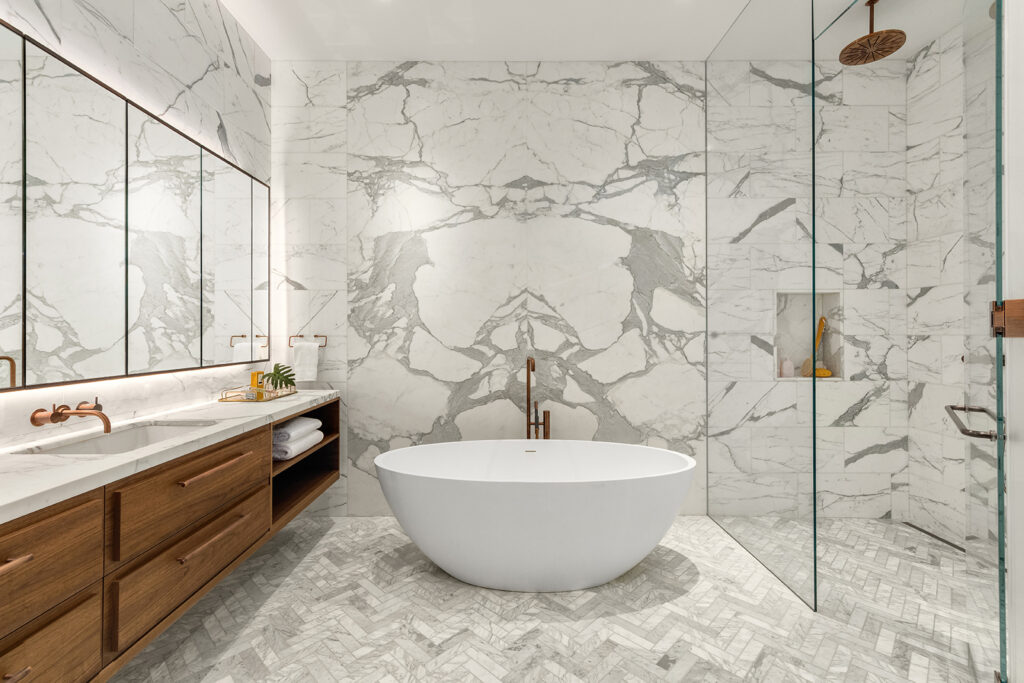
Free material samples and tub templates

In recent years, the bathroom has evolved from a purely functional space to a sanctuary of relaxation and rejuvenation. One
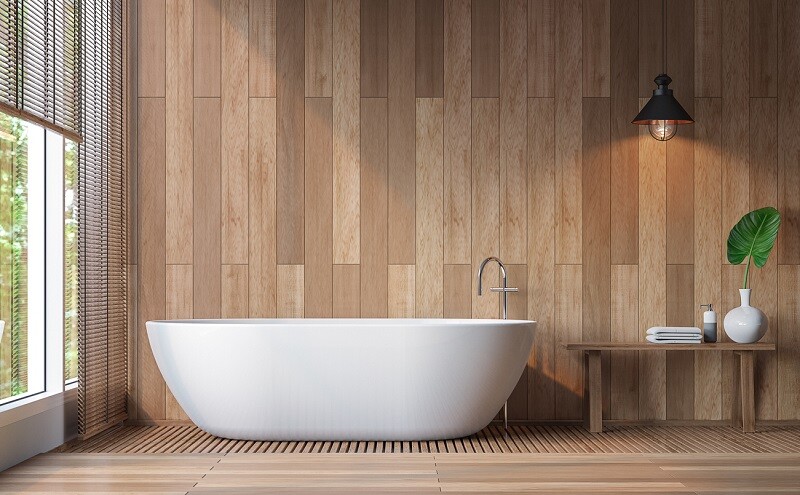
When choosing a freestanding bathtub, the size is one of the most important factors to consider. Freestanding bathtubs offer a
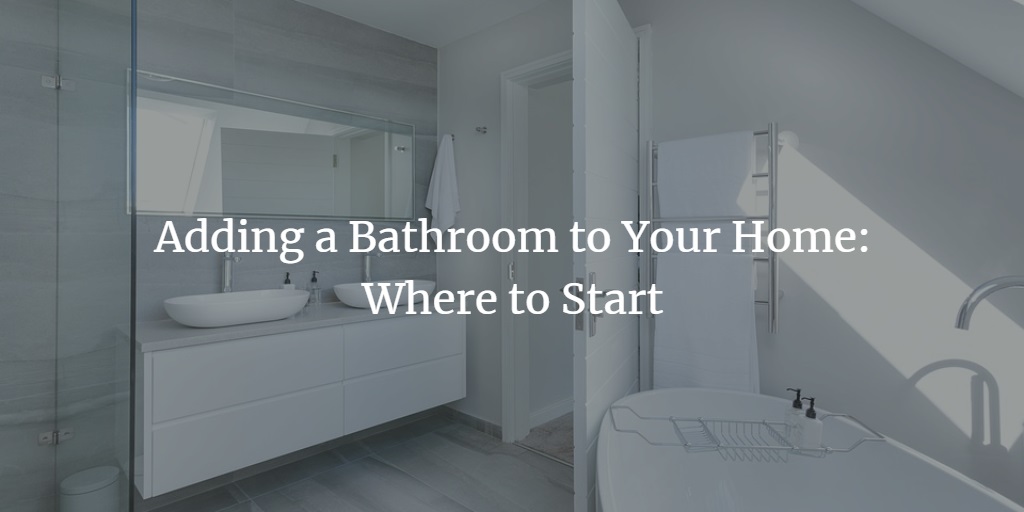
The bathroom is an essential aspect to any home, be it new or remodeling an older home and subsequently, adding
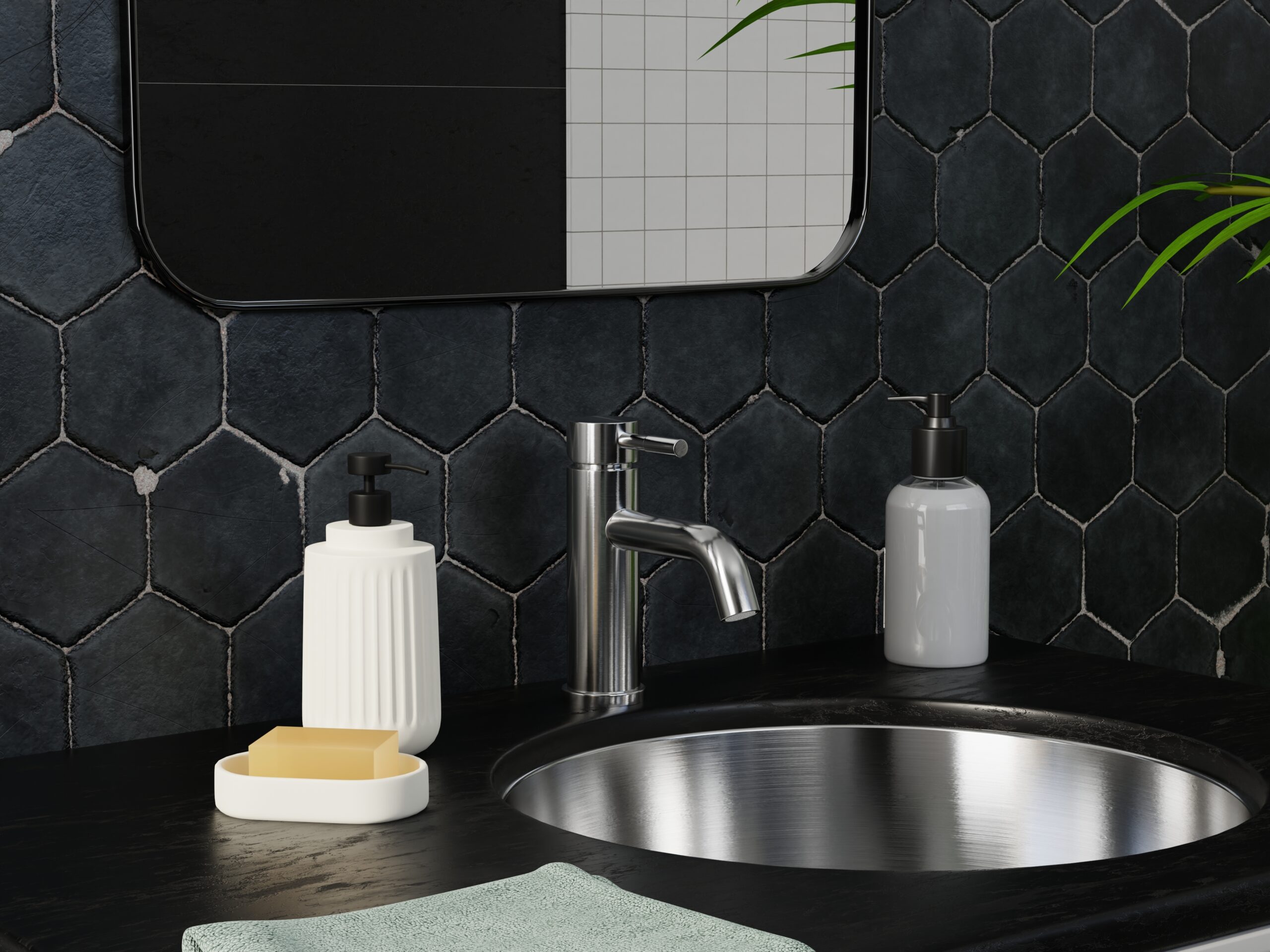
Looking to add more flair to your old bathroom? Well, a great place to start is replacing your old faucets
Fill out the form below to request a free material sample
"*" indicates required fields
"*" indicates required fields
"*" indicates required fields